Another week, another category of NZCYA Award finalists to highlight! Today, it’s the Best First Book finalists, answering questions about the hows and the whys of their fabulous books. From supermarket noticeboards, bungalows and large, mixed whānau to gardens and mixed-media, bringing together awesome authors and talented illustrators (sometimes in a two-for-one!) – it’s quite the collection. So read on…
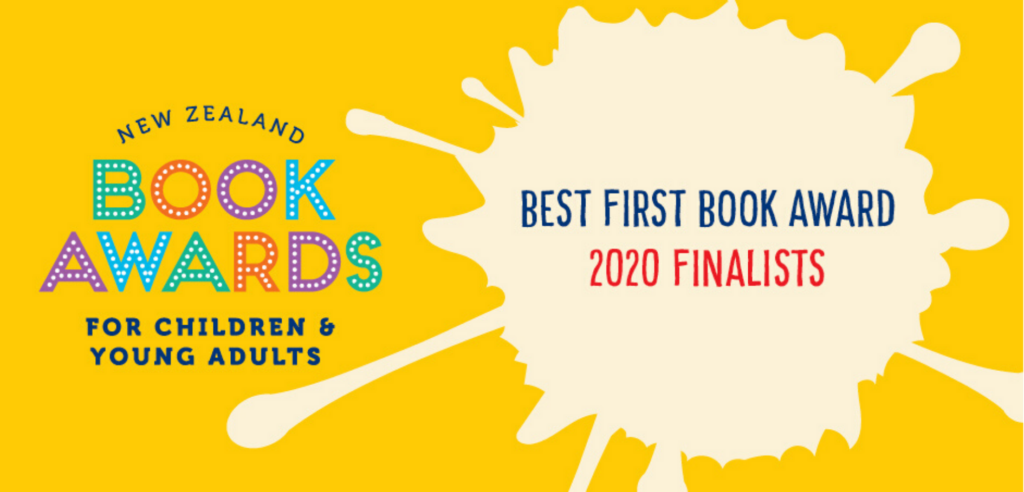

MICHAEL PETHERICK (#TUMEKE!)
Which five words would you use to describe your book?
Too easy! They would have to be hashtags, of course.
#totesmassive
#nerdzbookclub
#goatloadofgoats
#communitynoticeboard
#tapegirlrulz
What inspired you to write this book?
I’ve always wondered about the stories behind those notices you see on library or supermarket noticeboards.
Like: ‘Buy Curry and Cake Today!’, ‘Galaxy Man Will Mow Your Lawns’, or ‘Fresh Pile of Dirt. While Stocks Last’.
Who are those people? Where are they from? And, does anyone really want to buy a pile of dirt?
Those were my questions.
I also really love watching kids on telephones. They have their own language, full of hashtags, emojis, and new words they invent and then mangle and reinvent every day. I wanted to write a book in their language, one that got right inside it so kids could pick it up and see themselves.
I worked on #Tumeke! for ages. Even did a practice run, in another book called Annual 2. Then, just when my publishers thought the world really needed a book full of noticeboards and hashtags, we hit the go button.
Describe the kind of the kind of reader you had in mind while writing your book.
Urban kids. Classic kiwi kids living in New Zealand cities right now. The book is set in Newtoun, and it’s a mashup of all the Newtowns – Newtown in Wellington, Newton in Auckland. The Newtown in Sydney even gets a look in.
Our cities are really diverse, multicultural places. The characters in the book reflect that: Jonah is Samoan, his dad is a pastor, and Jonah is in the church band. Rishi is Indian: he’s a rapper, and he lives with his parents above a cricket shop on the main street. And Dreadflock, (the hero of the book) is the outsider, the nerd, the diary keeper. Hair forever different colours. She’s new in town, and a lot of the book is seen through her eyes.
Was writing a children’s book easier or harder than you had anticipated – why / why not?
Writing a book is easy. But rewriting it is hard. It’s a lot of creative things: making music and art are pretty much the same. You have to write, then throw it out, then rewrite, then throw it out again. I must have gone through ten, maybe twenty drafts to get there.
I was lucky, because a lot of #Tumeke is visual. I worked with an artist and a designer, two of New Zealand’s best. One of them has a desk around the corner from me, and he’d come past and say, ‘what’s going on with that Galaxy Man guy? What’s with all his radios?’ That helped.
A book has the author’s name on the cover, but that’s a lie. It’s a team. The editors, the illustrator, the designer are all in on it, and that made it easier. A book is like a village. You have to grow it together.
A book is like a village. You have to grow it together.
Can you recommend us another children’s book that inspired you?
I was inspired by graphic novels. The book is part novel, part graphic novel. Dreadflock, the main character, even keeps lists of graphic novels as part of a book club she is running with Eagle Glasses, the Newtoun librarian.
Smile, by Raina Telgemeier. Nausicaa of the Valley of the Wind, by Hayao Miyazaki. The Storm in the Barn, by Matt Phelan. They’re three of the books.
If you want more, you’ll have to buy #Tumeke! and read the rest of Dreadflock’s Graphic Novel list. I can’t give all of her secrets away.
WENG WAI CHAN (LIZARD’S TALE)
Which five words would you use to describe your book?
Tropical, multicultural, heart, action, humour.
What inspired you to write this book?
My childhood in Singapore, where some of my relatives lived in a rural village and some in a tailor shop in Chinatown. My family and I lived in a bungalow with lizards on the walls and frangipani trees outside. Another big inspiration was my father’s stories of his childhood and life under the Japanese occupation of Singapore during World War II.
Describe the kind of reader you had in mind while writing your book.
I mostly wrote the book for me—both as a child and also as a grown-up. The adventure and espionage appealed to my younger self, but as an adult looking back at 1940s Singapore, its history as a strategic jewel fought over by the British and Japanese Empires was impossible to ignore.
Was writing a children’s book easier or harder than you had anticipated – why / why not?
It was harder than I thought it would be, because complex ideas and history had to be simplified without losing their essence, and I wanted the book to be accessible to both kids and adults. The inspiration for the espionage elements came from real life—the main antagonist is inspired by a real and very successful WWII spy, and a spy organization is based on maverick British outfit Special Operations Executive. Fusing truth and fiction was challenging but fun…and there were so many cool spy gadgets to choose from!
I wanted the book to be accessible to both kids and adults [so] complex ideas and history had to be simplified without losing their essence.
Can you recommend us another children’s book that inspired you?
Terry Pratchett’s Wee Free Men, for showing me that children’s books can be complex and engaging, with humour, warmth, action, theme, subtext and totally captivating characters. In fact, most of Sir Terry’s books marketed as being for children are indistinguishable from those ostensibly for adults.
ISOBEL JOY TE AHO-WHITE (SANTA’S WORST CHRISTMAS: BY KURAHAU)
Which five words would you use to describe your book?
Vibrant, playful, cheeky, summery, whimsical.
What most inspired you when you received the text for this book?
I come from a very large, mixed whānau, so I could see some of that in the characters and was eager to draw on my childhood to show the chaotic but festive aroha when we get together.
Describe the kind of reader you had in mind when you created your illustrations?
Kiwi kids—diverse, outdoorsy, adventurous – some are loud, some are quiet, but everyone has a part. I wanted to show that sense of kotahitanga to uplift readers.
[I] was eager to draw on my childhood to show the chaotic but festive aroha when we get together.
Was illustrating a children’s book easier or harder than you had anticipated – why / why not?
Not really—I anticipated it to be really full on!
Can you recommend us another children’s book that inspired you?
Old Enough to Save the Planet by Loll Kirby and Adelina Lirius.
BELINDA O’KEEFE (THE DAY THE PLANTS FOUGHT BACK: ILLUSTRATED BY RICHARD HOIT)
Which five words would you use to describe your book?
Rollicking, romping, wild, funny, and a little bit scary.
What inspired you to write this book?
I’m a big fan of gardening, and the idea came to me years ago when my own two boys were arguing in the backyard while I was weeding the vege patch. The characters are ‘loosely’ based on my boys, although they don’t like to admit it, and would like me to point out that they’ve never destroyed my garden! The message is to respect nature and where our food comes from, and to always behave because you never know who is watching!
The message is to respect nature and where our food comes from, and to always behave because you never know who is watching!
Describe the kind of reader you had in mind while writing your book.
Kids who like adventure, a bit of suspense, and a good laugh. I wanted to make sure it was fun to read, not just for kids, but for adults too, so that bedtime stories aren’t a chore. I know some parents (me included!) who have found themselves tired and wanting to get the kids to bed, so they end up skipping parts of the book to speed up the process—but you can only get away with that for so long!
Was writing a children’s book easier or harder than you had anticipated – why / why not?
At first I thought it was easy, until I realised it wasn’t just a case of getting the story on paper and sending it off. What surprised me was how after reading it hundreds of times, I still found parts that needed tweaking. You do get to a point though, where you just have to leave it alone!
Can you recommend us another children’s book that inspired you?
Julia Donaldson’s Room on the Broom. Her enchanting rhythm and rhyme is flawless—it’s so much fun to read and has a great surprise at the end!
LAYA MUTTON-ROGERS (THE SMELLY GIANT: BY KURAHAU)
Which five words would you use to describe your book?
Bright, simple, natural, limited-palette, mixed-media.
What most inspired you when you received the text for this book?
I was really into all the different natural elements and how the story cycles through them kind of like seasons, and also figuring out how I could find an illustration style that fits the folktale feel while also feeling modern and new.
Describe the kind of reader you had in mind when you created your illustrations?
I wanted it to be simple and emotive for kids—and even be able to tell the story with just the pictures, for the youngest readers (or just anyone who prefers that!). But also to be eye-catching enough to appeal to all audiences, and have little interesting details for those who look closer.
Was illustrating a children’s book easier or harder than you had anticipated – why / why not?
A bit of both! It was the first project of this size that I’d done outside of uni or my own long term projects, so there were some challenges with figuring out my workflow, but I really enjoyed the process overall. I found it easy once I figured out my process.
I wanted to […] be able to tell the story with just the pictures.
Can you recommend us another children’s book that inspired you?
These are both in more of a comic format and for slightly older audiences, so more generally rather than direct inspiration for The Smelly Giant/Tio Tiamu; but I really love Nightlights by Lorenza Alvarez, and The Tea Dragon Society by Katie O-Neill! They both have beautiful fantastical art and lovely stories.
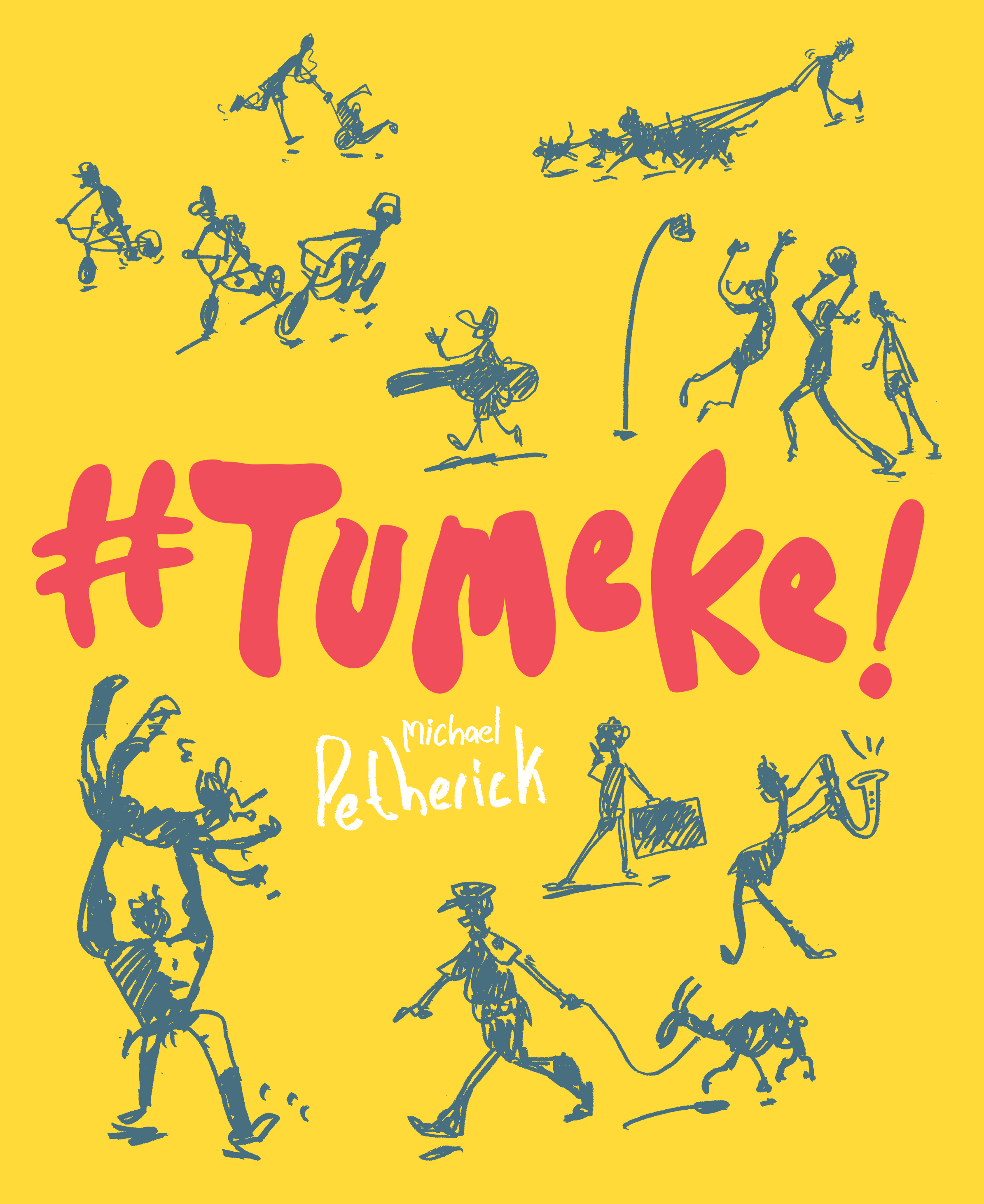
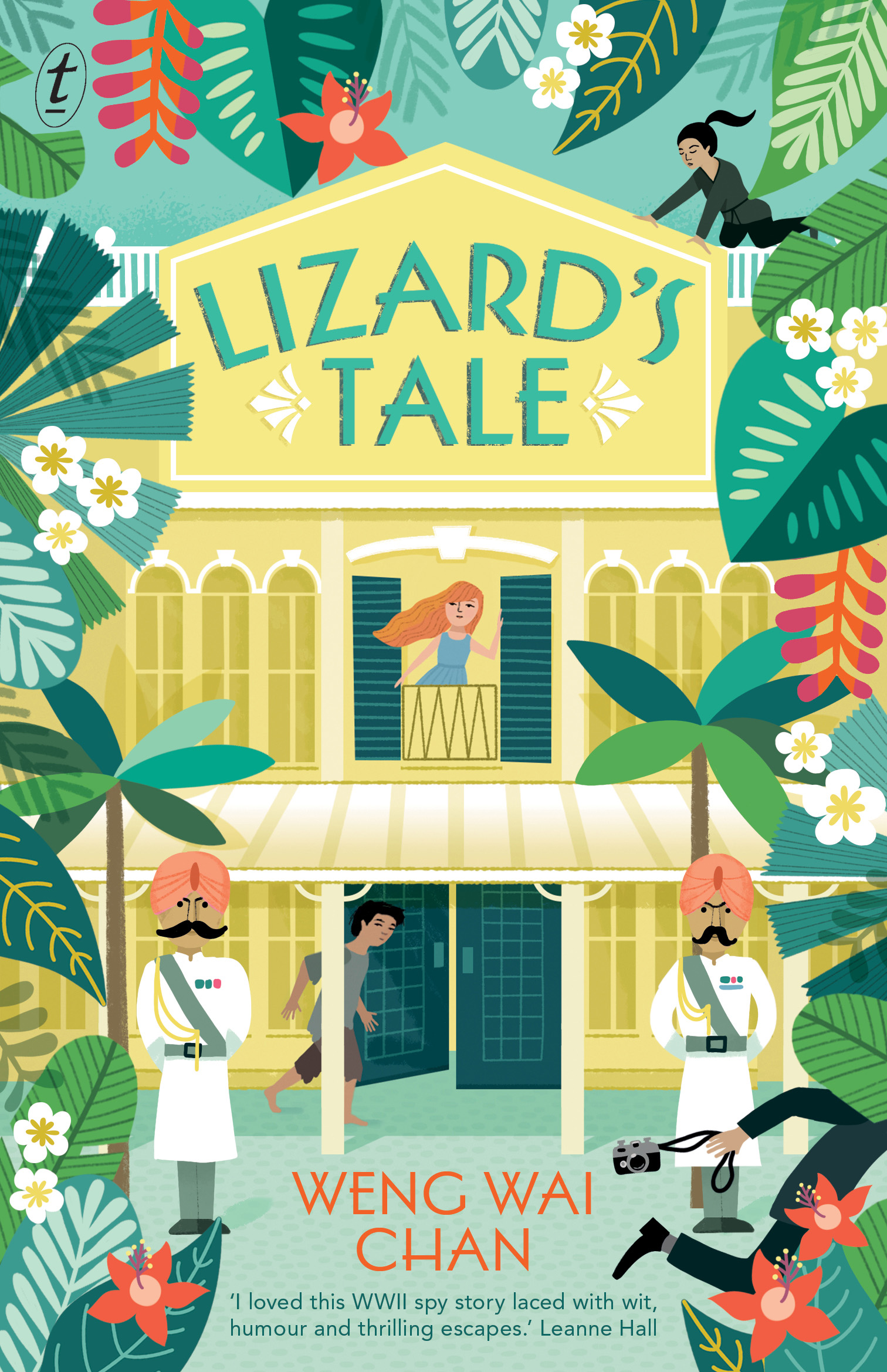
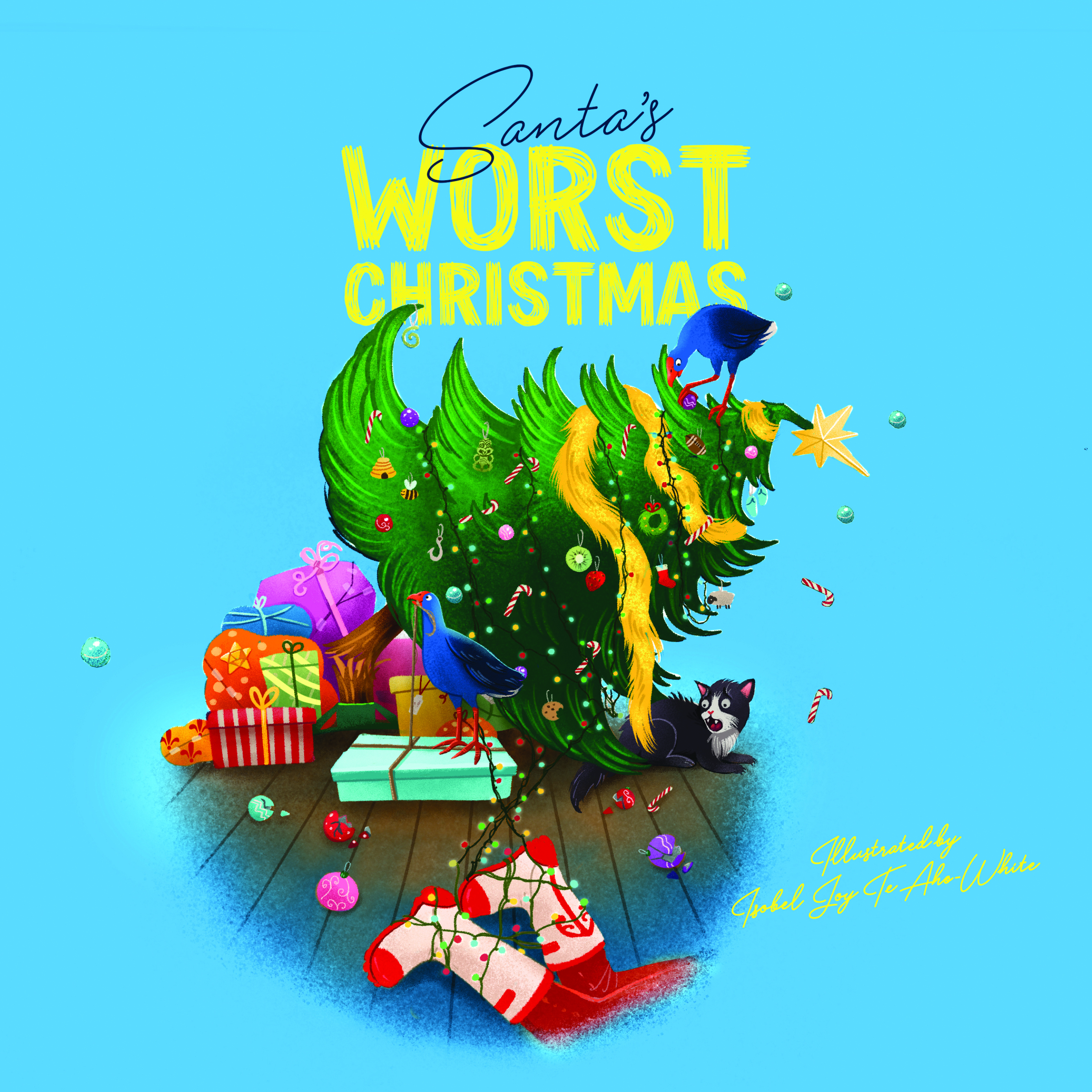
Santa’s worst christmas
by Huia Publishers
Illustrated by Isobel Joy Te Aho-White
Published by Huia Publishers
RRP: $19.99
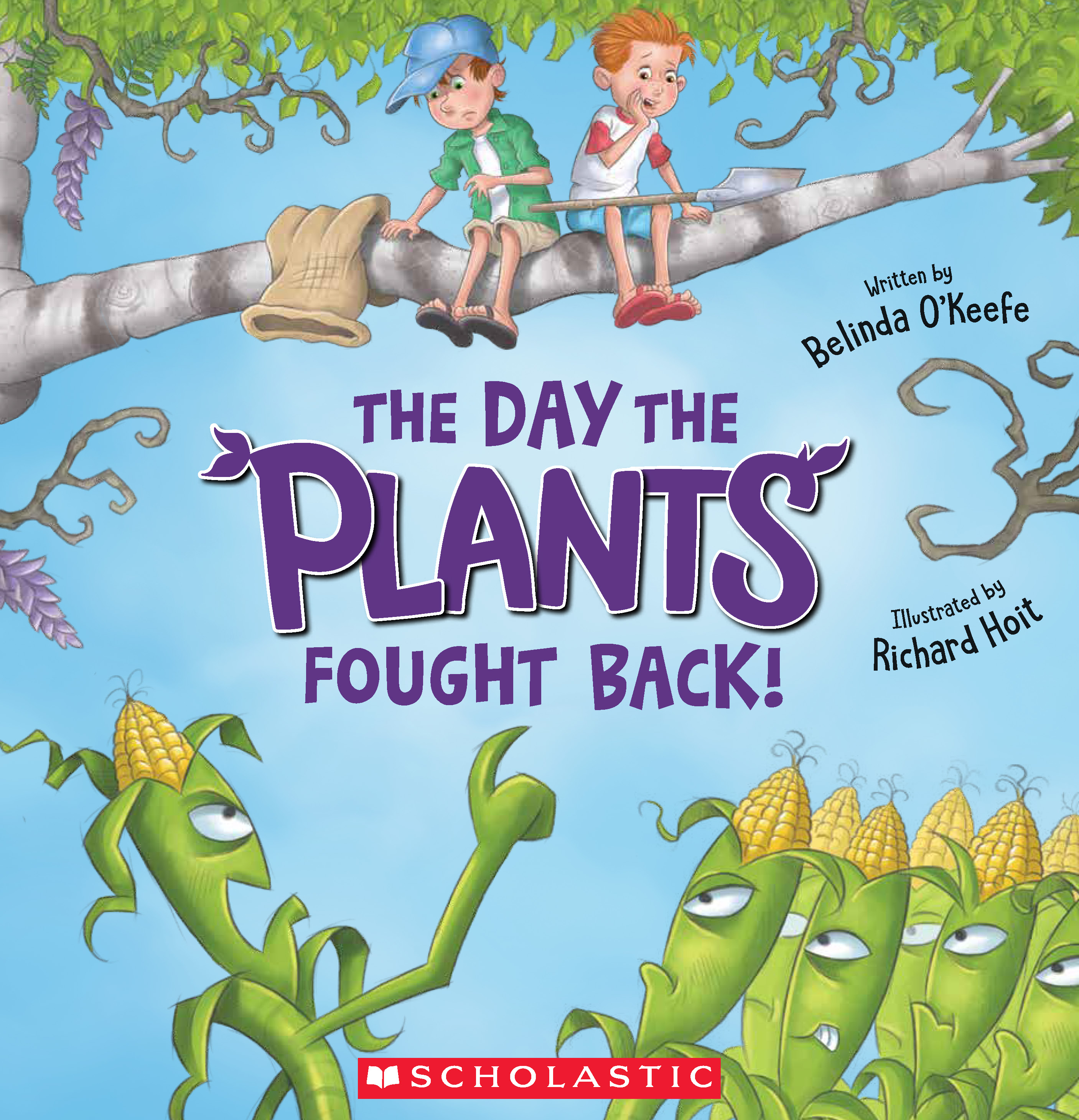
The Day the plants fought back!
By Belinda O’Keefe
Illustrated by Richard Hoit
Published by Scholastic NZ
RRP: $18.99
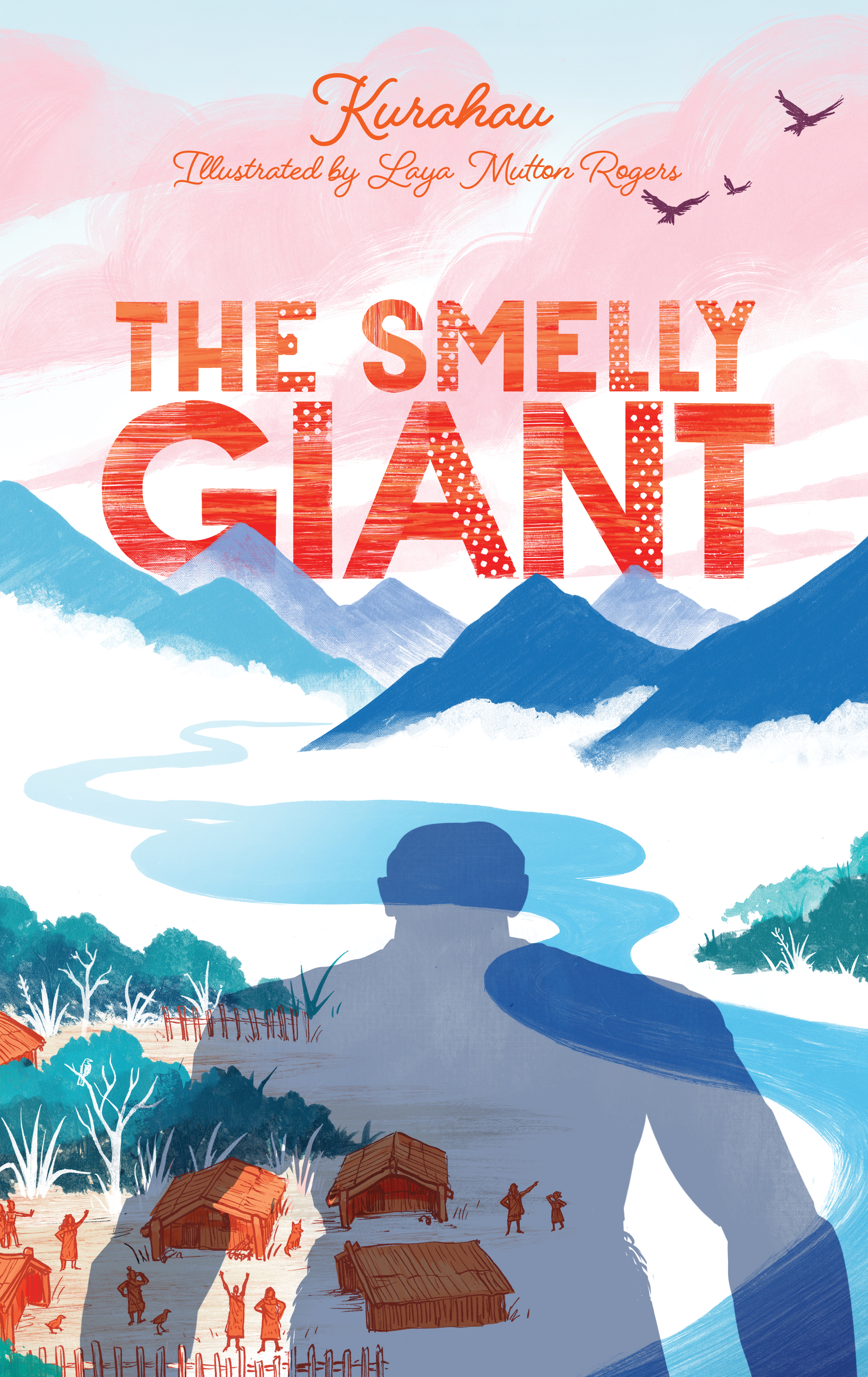
The smelly giant
by Kurahau
Illustrated by Laya Mutton-Rogers
Published by Huia Publishers
RRP: $25.00



